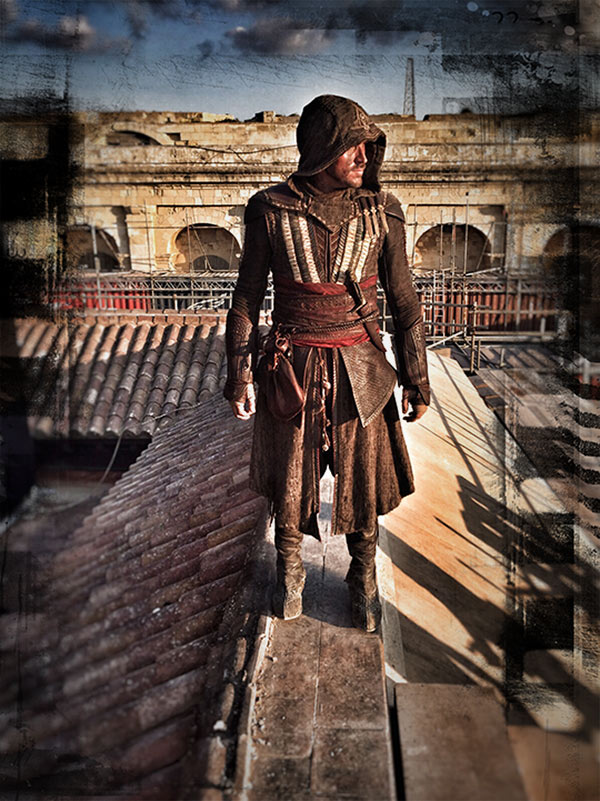
Pelvic Power – An introduction to your second diaphragm
As soon as I say Pelvic floor, what do you think about? Pregnancy? Babies? Kegel squeezes? It’ll more than likely bare those types of connotations and be a far cry from lifting heavy weights or being able to roundhouse kick someone in the head.
The funny thing is, we’ve all massively missed a trick; not only is this clever little sheath of muscle important for breathing mechanics, it plays a huge role in pelvic stabilisation and managing lower back pain as well. Got your attention yet? Let’s explore.
What is it?
A diaphragm is a sheet of muscle. It acts just like any other muscle but this one has been tenderised in to an extremely thin dome which flattens when it contracts. The important thing to remember here is, if it’s a muscle, it can be trained for strength and endurance.
Our thoracic diaphragm is placed under our heart and lungs in our rib cage. For optimal breathing mechanics to occur, we want to focus on using our diaphragm rather than our mouth and upper ribs to breath. A lot of people don’t do this. Faulty breathing mechanics can potentially lead to many issues, such as neck and shoulder pain, plus increased perceptions of stress and anxiety.
Funnily enough, our brains are designed to keep us alive as best as they can. They’re not necessarily bothered about breathing “perfectly” but more so just getting air in. As this is the case, breathing compensations will usually occur.
The most important thing you need to remember here is that during optimal breathing, the diaphragm flattens. This pushes the internal organs down and into the pelvis. The pelvis doesn’t just sit there and do nothing, it in turn needs to move to “accept the organs”. Enter the pelvic floor.
It Takes Two Baby
The Pelvic floor is actually another diaphragm. It’s called the floor because it’s located in the base of the pelvis in something called the Pelvic Outlet. I like to think of it like a trampoline that supports the weight of our internal organs. If you want to get technical, which you probably don’t, the Pelvic diaphragm is actually called the Levator Ani in anatomical speak. This in Latin translates to “Picks up the Anus”. I’m not sure which BC anatomist discovered this, but it’s safe to say they got rather well acquainted with their cadaver.
Now here anatomy does become important. If a muscle contraction brings the muscle insertion closer to the origin, a contraction of the pelvic diaphragm would lead to the Pelvic Outlet closing. This does all sorts of cool things, but the main one being slightly changing the shape of the pelvis, so that there’s more room for the internal organs to fit in the pelvic brim.
In normal mechanics, the thoracic diaphragm flattening (breathing in) is coupled with the pelvic floor contracting. This is so the pelvis “opens” and the internal organs have somewhere to go.
When we breathe out, the opposite occurs. The abdominal musculature squeezes our mid-section, increasing pressure and forcing air out. The pelvis changes shape again, but this time pushing the internal organs back up. If breathing in is a contraction of the pelvic floor, breathing out is the eccentric lengthening of the pelvic floor. Simples.
Post-natal women usually suffer from a dysfunctional pelvic floor due to child birth being a crazily prolonged exhalation (push out), which massively strains the muscles structural integrity. Image being asked to do a single arm chest fly with a 60kg dumbbell. It’s likely your Pec wouldn’t like it and stretch dramatically, making it weak. This is essentially what is happening to the pelvic floor during labour.
Under Pressure
If you’ve ever picked up a barbell, you’ll be familiar with the concept of creating intra-abdominal pressure. This is when the muscles of the mid-section lock the spine into position and we breathe out with a closed throat (Valsalva manoeuvre). The increased pressure pushes against the external musculature, creating rigidity in the spine. This is a very good thing if you want to lift heavy weights…but there’s a catch.
Breathing, plus heavy weight, plus fatigue can lead to compensations. If we’re creating an incredibly high demand on the body, it’s critical that the body can cope with these demands. We must now re-visit the trampoline idea. A strong, trained pelvic floor is like a very taught trampoline. A fully grown elephant could get on it and still bounce like a gymnast. A weak pelvic floor is like stepping on to the trampoline and just sinking straight to the floor. Which one do you think is better?
If the pelvic floor is weak the entire pelvis will need to do something else to create stability. This in most cases, is tipping the anterior part forward, causing compression in the lower back. This is called increased lumbar lordosis for the biomechanically inclined.
Now anterior pelvic tilt isn’t the end of the world. In fact, it’s probably quite advantageous from a sports performance perspective. Find me an elite athlete, you’ll also find an anteriorly orientated pelvis. This being said, joints like to be able to access all ranges of motion rather than just being stuck in the extremes of one. If you spend all your time with pelvic tilt and training/work volume is going up, this risk of joint of disc irritation will increase.
The Action Plan
“Ok cool, I understand now. So I have to learn how to tuck my hips back underneath me and do Kegel squeezes galore”
Not so fast there sunshine. That strategy makes sense, but it’s not going to serve you that well in the gym or on a set. You need to be able to control your pelvis dynamically and almost subconsciously. If you have to pause and say, “Give me a sec, I need to engage my pelvic floor” every time you’re in one to one combat, it’s not going to end well. Instead, I like to do exercises which emphasis pelvic control but you can also load pretty heavily as well. This way we get to feel like we’re training hard but also doing what is essentially, the most important thing; training the Pelvic floor just like any other muscle.
One of my favourite exercises for retraining the pelvis with more stability, is the heels raised Zercher squat. For anyone unfamiliar with this movement, it’s when you have the bar cradled in front of you, rested on the crease of your elbows. In a nut shell, holding the bar in this manner helps to direct the rib cage down. If we can direct the ribcage more over the pelvis, rather than flared out in front of it, this will help us synchronise thoracic and pelvic diaphragm contractions.
Furthermore, this loading method is pretty unforgiving on your core muscles. You aren’t able to load the bar with anywhere near as much as you would during a back squat, but boy will you be able to feel it. The increase in core muscle involvement makes it easier to understand what intra-abdominal pressure should feel like. If we scoop our pelvis underneath us, taking us in to a more posteriorly tilted position, brace and drive our knees in front of us and not out, our pelvic floor will be working by default. You’ll know you’ll have done this right if you pop out of the bottom of the squat with perfect positioning. Pressure management means a better bar line, no shooting the heels back and back extending the weight back up.
So what have we learnt?
The pelvic floor is an extremely important component so strong, safe lifting. By considering its anatomy, it’s clear how it contributes to pelvis stability. A more stable pelvis means less strain on the lower back, and lower back injuries are extremely common in many different populations. Isolation exercises may seem like a good idea, but they’re only as useful as the weight you’re able to load up to. If you need to lift and fight, your corrective exercise must mirror these types of challenges. By making small adjustments to more common lifts, such as the Zercher squat set up, we can train the core, quads and pelvic floor all in tandem, prioritising longevity but not sacrificing intensity.

















